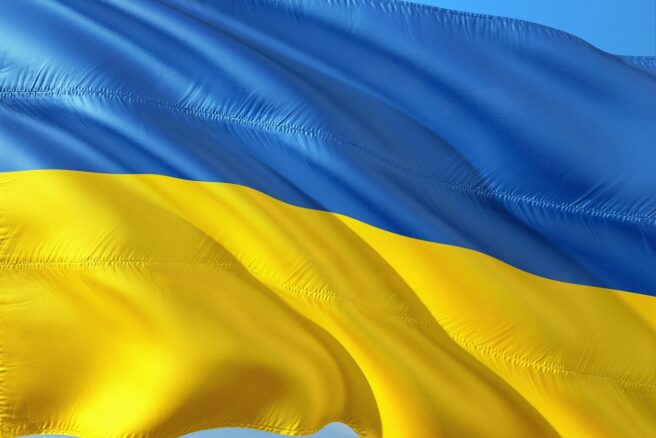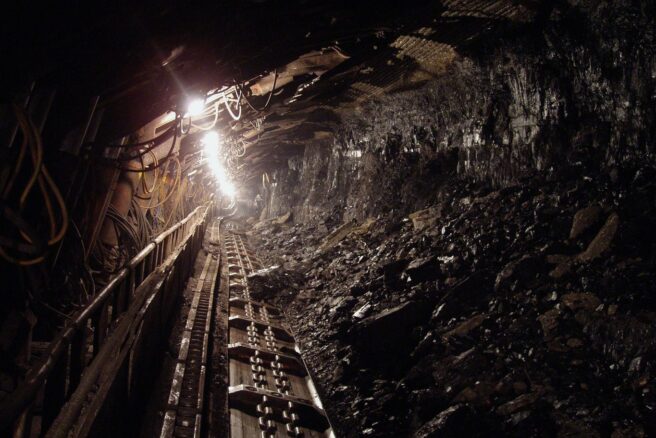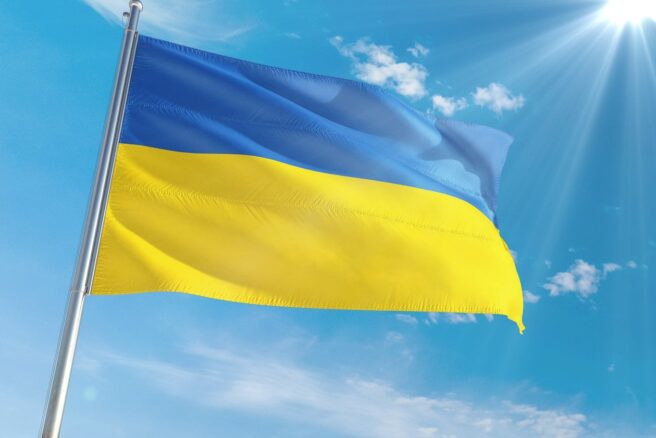Syriza: a European party par excellence
The EU is safeguarded as long as its central political values of democracy and freedom are shared throughout the continent. It is for this reason that Syriza can be called a pro-Europe party par excellence.
Syriza: a European party par excellence Read More »








